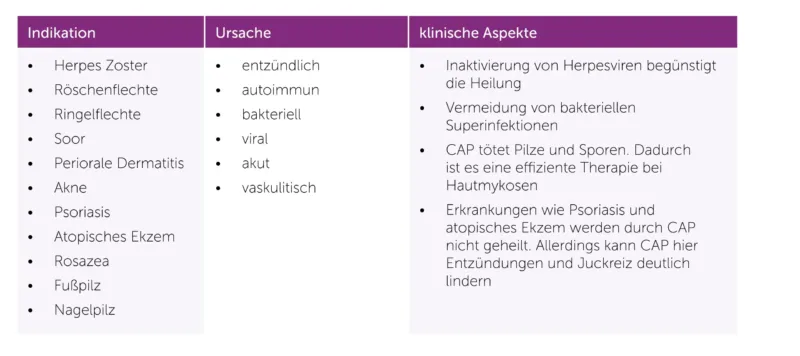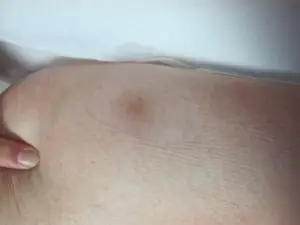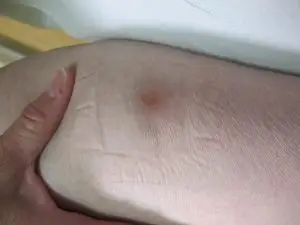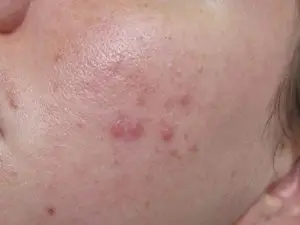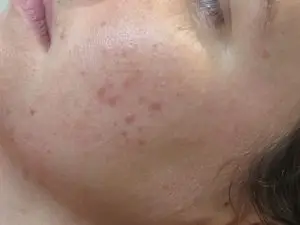Kaltes Plasma in der Dermatologie
Mit unserem plasma care® können verschiedene entzündliche Hauterkrankungen behandelt werden. Das Kaltplasma hat hierfür vielfältige Wirkmechanismen, beispielsweise werden Bakterien einschließlich multiresistenter Erreger, Viren, Pilze und Sporen inaktiviert.
Gleichzeitig zeigt kaltes Plasma einen beruhigenden Effekt auf Juckreiz und Entzündungen bei Erkrankungen wie Neurodermitis oder Pilzinfektionen der Haut. Dabei ist ein entscheidender Vorteil gegenüber einer rein medikamentösen Behandlung, dass Kaltplasma frei von Allergien und Nebenwirkungen ist
In Deutschland ist die Plasmabehandlung seit 2021 Bestandteil der Facharztausbildung für Dermatologie.
Hautfreundlich und flexibel: Der biokompatible Schaum-Aufsatz von plasma care® sorgt selbst auf unebenen Hautpartien und im Gesichtsbereich für eine hohe Kaltplasma-Dichte.
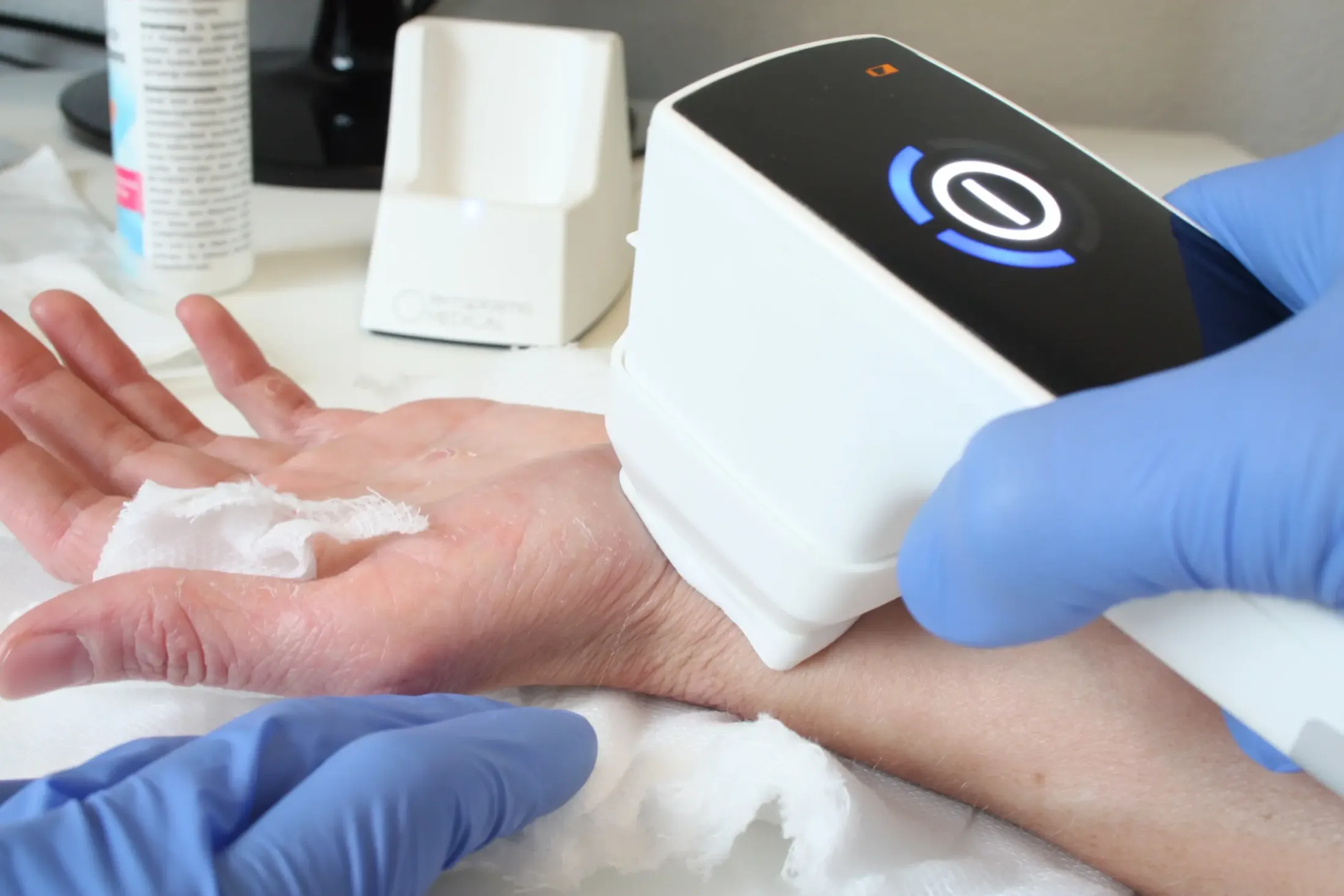
Für welche dermatologischen Erkrankungen ist die Kaltplasmatherapie geeignet?
Grundsätzlich ist die Kaltplasmatherapie durch ihren Wirkmechanismus für eine große Anzahl an dermatologischen Krankheitsbildern und Indikationsgebieten geeignet. Beispielhafte Erkrankungen:
- Mykosen und Bakteriosen
- Aktinische Keratose
- Akne
- Periorale Dermatitis
- Neurodermitis
- Weichteilinfektionen
- virale Erkrankungen, wie bspw. Herpes
Vorteile der Therapie mit dem PLASMA care®
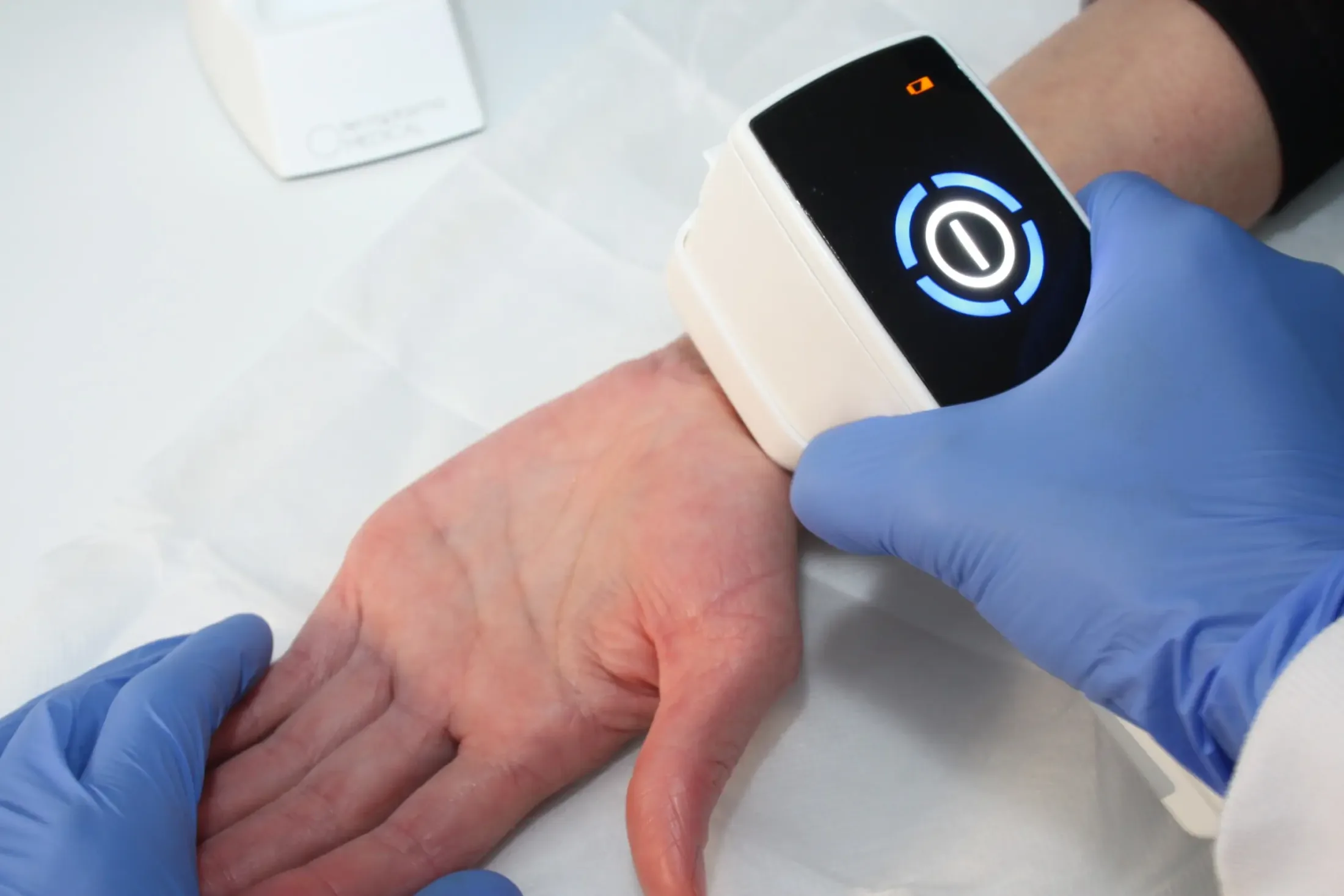
Linderung und Prävention von Beginn an
Ob bei einem Stauungsekzem oder bei Akne, mithilfe des Kaltplasma können Entzündungen reduziert und Wunden geschlossen werden. Die Anwendung von plasma care® beschleunigt die Heilung, wirkt lindernd bei Juckreiz und unterstützt die Regeneration der Haut.
PLASMA care®
Der Hightech-Handheld
Mit der Größe und dem Gewicht eines Telefonhörers ist das plasma care® in Verbindung mit dem Abstandshalter ein mobil einsetzbares, CE-zertifiziertes Medizinprodukt. Es generiert mobil und flexibel anwendbares kaltes atmosphärisches Plasma aus der Umgebungsluft. KAP inaktiviert hocheffizient Bakterien und humanpathogene Pilze – unabhängig von der Art und dem Resistenzlevel gegenüber Antibiotika.
Hinzu kommt der heilungsfördernde Effekt: Die KAP-Therapie wirkt juckreizstillend und fördert die Zellgeneration (Zellteilung) gesunder Hautzellen durch die Aktivierung von lokalen Immunprozessen. Die Behandlung wird als schmerzfrei bewertet.

Hautfreundlich und flexibel: Der biokompatible Schaumstoffaufsatz des plasma care® gewährleistet eine hohe Kaltplasmadichte und ist damit ideal geeignet, um auf unebenen Hautstellen und Partien bspw. im Gesicht angewendet zu werden.
Die Anwendung des plasma care® benötigt nur wenige Minuten und ist sehr einfach durchführbar. Dabei schließt eine Plasmabehandlung eine Behandlung mit anderen Therapeutika nicht aus. Oftmals ist die Heilungschance mit einer Kombination aus Therapien bedeutend höher, als nur eine Variante anzuwenden.
Kaltplasma in der
Dermatologie
Kaltes atmosphärisches Plasma (KAP) ist ein teilionisiertes Gas bei Zimmertemperatur. Einem Gas wird genau so viel Energie zugeführt, dass es sich nur teilionisert, d.h. bloß ein Teilchen aus 10⁹ ist ionisiert. Durch diese Teilionisierung des Gases kann die Temperatur kontrolliert werden, sodass sie unter 40 °C bleibt.
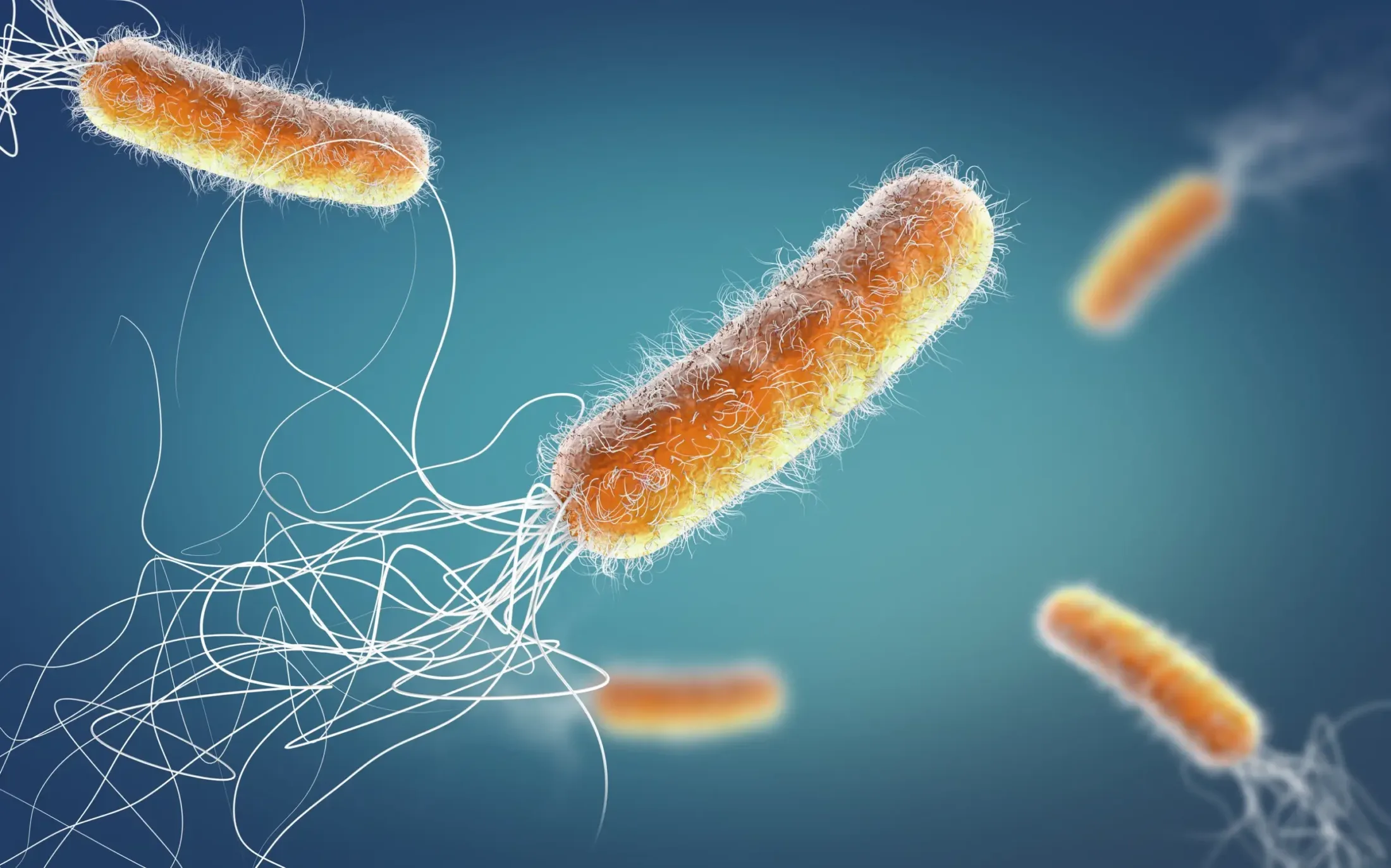
Wie wirkt Kaltplasma auf Bakterien und Viren?
Trifft das KAP auf Bakterien oder Viren, dann werden deren zelluläre Strukturen einschließlich der DNA zerstört und das Bakterium bzw. Virus inaktiviert. Menschliches Gewerbe und die Zellen werden dagegen geschont, es wird eine lokale Immunantwort induziert und das Wachstum sowie die Zellteilung angeregt.
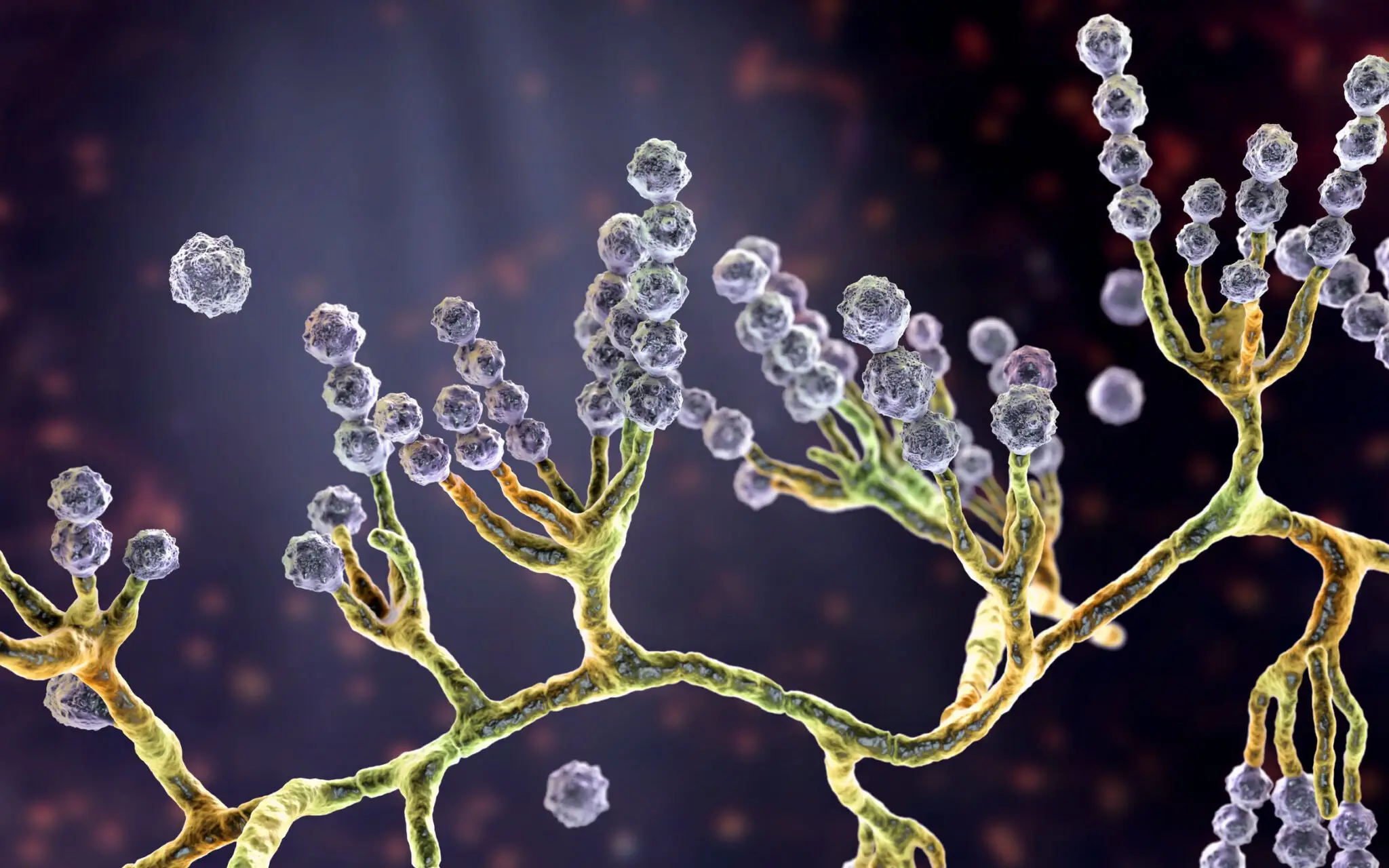
Wie wirkt Kaltplasma auf Pilze?
Die meisten Pilzinfektionen sind nur schwer zu behandeln, da Pilze und Sporen sehr widerstandsfähige Strukturen aufweisen. Durch die Behandlung mit KAP werden Sporen von Pilzen verformt, was zum Aufbrechen, zur Abflachung und Schrumpfung führt. Pilze sind Eukaryoten, was bedeutet, dass sie einen Zellkern besitzen, welcher ihre DNA beinhaltet. Dennoch können Pilze durch reaktive Sauerstoffspezies abgetötet werden.
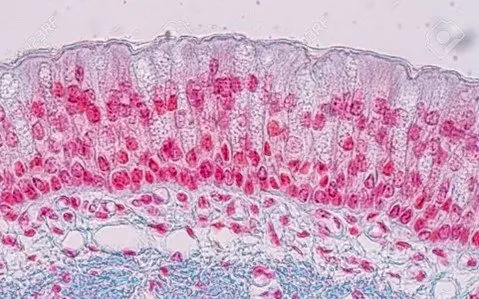
Wie wirkt Kaltplasma auf Hautzellen?
Ganz anders stellt sich die Wirkung bei gesunden menschlichen Zellen dar. In ihnen werden durch die reaktiven Spezies Signalwege stimuliert, die Durchblutung gesteigert und die Zellteilung angeregt. Nebenwirkungen sind nicht bekannt und Patienten beschreiben die Behandlung als angenehm und schmerzfrei.
Publikationen zum Einsatz von KAP nach Indikationsgebieten
Die Anwendung von KAP bei Akne wurde in Fallberichten und Studien untersucht:
Mariachiara, Dr. A. et al. Cold atmospheric plasma (CAP) as a promising therapeutic option for mild to moderate acne vulgaris: Clinical and non-invasive evaluation of two cases. Clin. Plasma Med. 100110 (2020) doi:10.1016/j.cpme.2020.100110.
Potter, M. J. et al. Facial acne and fine lines: transforming patient outcomes with plasma skin regeneration. Ann. Plast. Surg. 58, 608–613 (2007).
Lan, T., Xiao, Y., Tang, L., Hamblin, M. R. & Yin, R. Treatment of atrophic acne scarring with fractional micro-plasma radio-frequency in Chinese patients: A prospective study. Lasers Surg. Med. 50, 844–850 (2018).
Karrer, S. et al. Atmospheric Plasma in the Treatment of Acne Vulgaris. Appl. Sci. 11, (2021).
Die Anwendung von KAP bei Akne wurde in Fallberichten und Studien untersucht:
Mariachiara, Dr. A. et al. Cold atmospheric plasma (CAP) as a promising therapeutic option for mild to moderate acne vulgaris: Clinical and non-invasive evaluation of two cases. Clin. Plasma Med. 100110 (2020) doi:10.1016/j.cpme.2020.100110.
Potter, M. J. et al. Facial acne and fine lines: transforming patient outcomes with plasma skin regeneration. Ann. Plast. Surg. 58, 608–613 (2007).
Lan, T., Xiao, Y., Tang, L., Hamblin, M. R. & Yin, R. Treatment of atrophic acne scarring with fractional micro-plasma radio-frequency in Chinese patients: A prospective study. Lasers Surg. Med. 50, 844–850 (2018).
Karrer, S. et al. Atmospheric Plasma in the Treatment of Acne Vulgaris. Appl. Sci. 11, (2021).
Terabe, Y., Kaneko, N. & Ando, H. Treating hard-to-heal skin and nail onychomycosis of diabetic foot with plasma therapy. Dermatol. Ther. 34, e15127 (2021).
Gnat, S. et al. Cold atmospheric pressure plasma (CAPP) as a new alternative treatment method for onychomycosis caused by Trichophyton verrucosum: in vitro studies. Infection 49, 1233–1240 (2021).
Borges, A. C. et al. Cold Atmospheric Pressure Plasma Jet Reduces Trichophyton rubrum Adherence and Infection Capacity. Mycopathologia 184, 585–595 (2019).
Boxhammer, V. et al. Investigation of the mutagenic potential of cold atmospheric plasma at bactericidal dosages. Mutat. Res. 753, 23–28 (2013).
Heinlin, J. et al. Contact-free inactivation of Trichophyton rubrum and Microsporum canis by cold atmospheric plasma treatment. Future Microbiol. 8, 1097–1106 (2013).
Klämpfl, T. G. et al. Decontamination of Nosocomial Bacteria Including Clostridium difficile Spores on Dry Inanimate Surface by Cold Atmospheric Plasma. Plasma Process. Polym. 11, 974–984 (2014).
Daeschlein, G. et al. Skin and wound decontamination of multidrug-resistant bacteria by cold atmospheric plasma coagulation. J. Dtsch. Dermatol. Ges. J. Ger. Soc. Dermatol. JDDG 13, 143–150 (2015).
Zimmermann, J. L. et al. Test for bacterial resistance build-up against plasma treatment. New J. Phys. 14, 073037 (2012).
Gan, L. et al. Medical applications of nonthermal atmospheric pressure plasma in dermatology: Applications of nonthermal plasma in cutaneous diseases. JDDG J. Dtsch. Dermatol. Ges. 16, 7–13 (2018).
Kim, Y. J. et al. Prospective, comparative clinical pilot study of cold atmospheric plasma device in the treatment of atopic dermatitis. Sci. Rep. 11, 14461 (2021).
Moon, I. J. et al. Treatment of atopic dermatitis using non-thermal atmospheric plasma in an animal model. Sci. Rep. 11, 16091 (2021).
Gan, L. et al. Cold atmospheric plasma ameliorates imiquimod-induced psoriasiform dermatitis in mice by mediating antiproliferative effects. Free Radic. Res. 53, 269–280 (2019).
Lee, Y. S., Lee, M.-H., Kim, H.-J., Won, H.-R. & Kim, C.-H. Non-thermal atmospheric plasma ameliorates imiquimod-induced psoriasis-like skin inflammation in mice through inhibition of immune responses and up-regulation of PD-L1 expression. Sci. Rep. 7, (2017).
Gareri, C., Bennardo, L. & De Masi, G. Use of a new cold plasma tool for psoriasis treatment: A case report. SAGE Open Med. Case Rep. 8, 2050313X20922709 (2020).
Die Wirkung von KAP auf Phlegmone konnte ebenfalls gezeigt werden:
Kalghatgi, S. et al. Applications of Non Thermal Atmospheric Pressure Plasma in Medicine. in Plasma Assisted Decontamination of Biological and Chemical Agents (eds. Güçeri, S.,
Fridman, A., Gibson, K. & Haas, C.) 173–181 (Springer Netherlands, 2008). doi:10.1007/>978-1-4020-8439-3_15.
Fridman, G. et al. Applied Plasma Medicine. Plasma Process. Polym. 5, 503–533 (2008).
